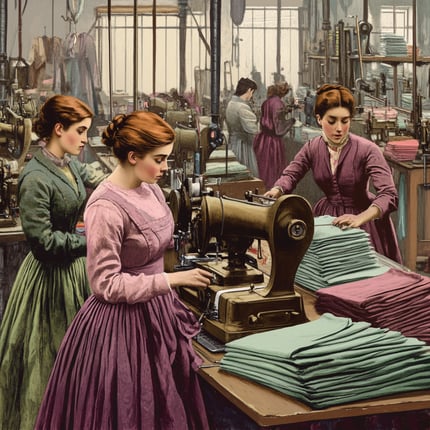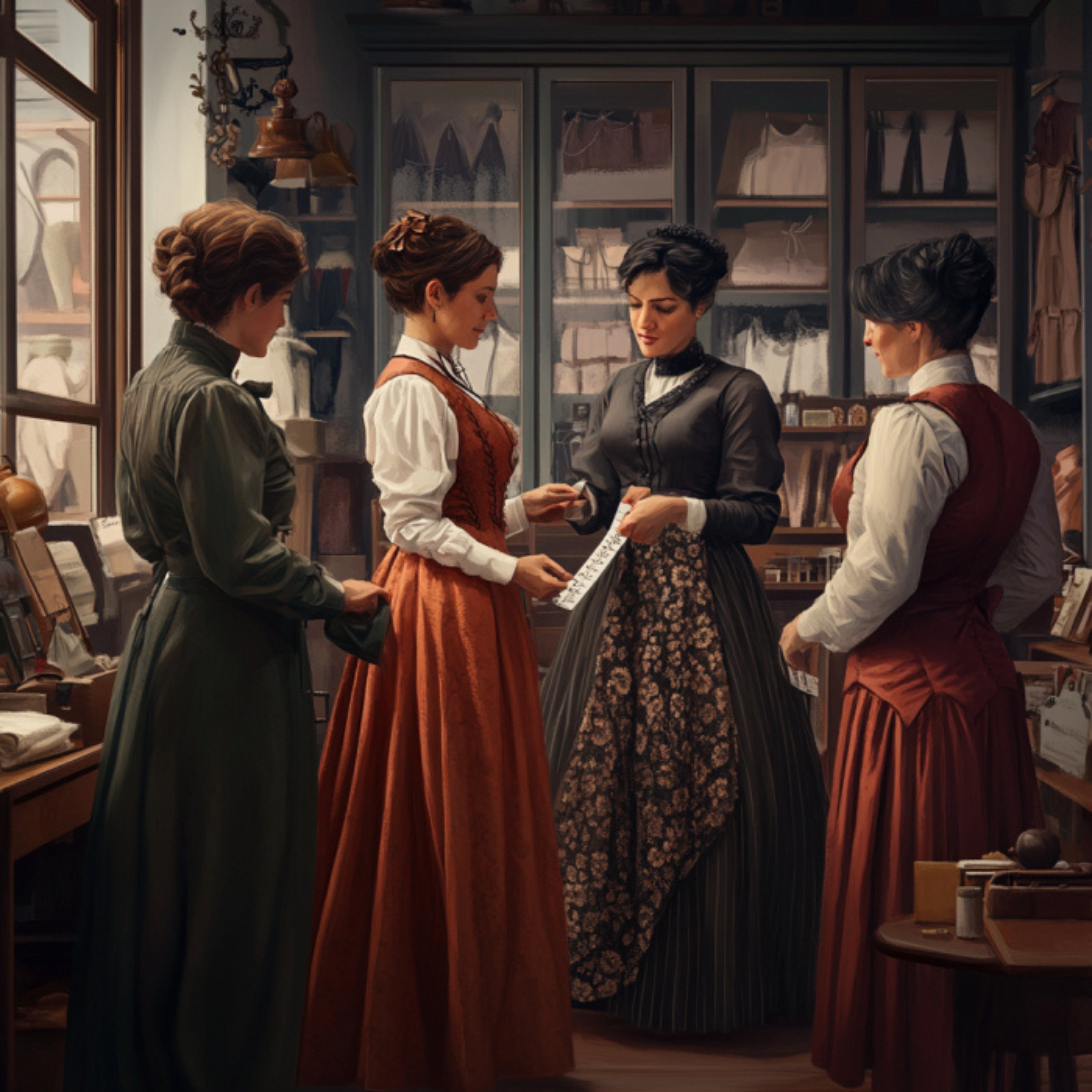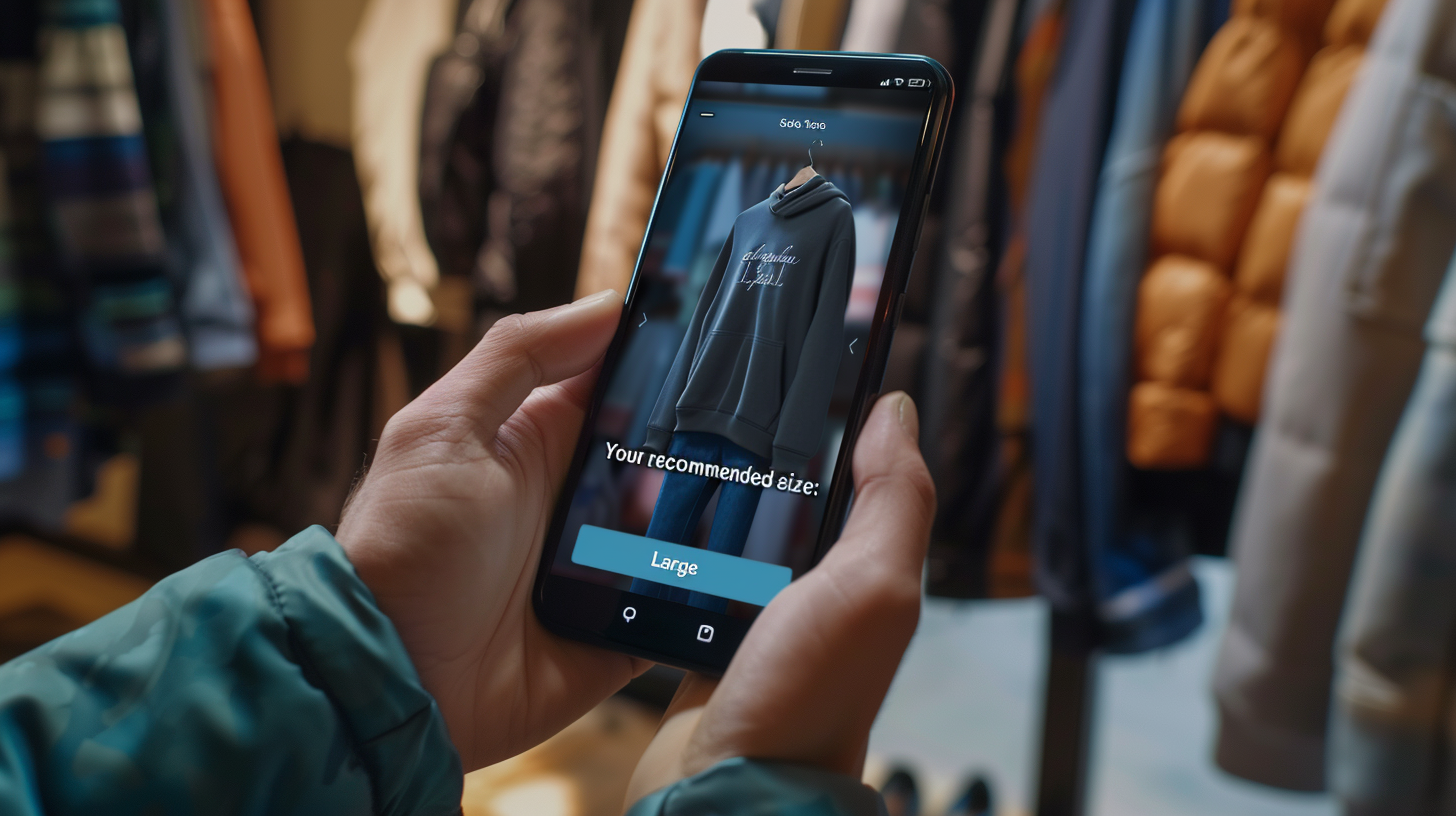The concept of clothing sizes, particularly for women, has undergone a significant transformation over the centuries. From custom-made garments tailored to individual measurements to today's standardized sizes, the journey of women's clothing sizes is deeply intertwined with societal shifts, technological advancements, and evolving consumer expectations. Understanding this history not only sheds light on current sizing challenges but also highlights the ongoing need for innovation in the apparel industry.
Early Beginnings: Tailored to Fit
Before the advent of mass production, all clothing was custom-made. Tailors crafted garments specifically for the individual, taking into account unique body measurements and personal preferences. For women, this meant that every dress, blouse, or skirt was a one-of-a-kind creation, designed to fit the wearer's body perfectly.
Key points:
- Custom-made clothing was the norm
- Perfect fit, but time-consuming and expensive
- No standardized sizes existed
According to fashion historian Joan Severa, in her book "Dressed for the Photographer: Ordinary Americans and Fashion, 1840-1900," the majority of women's clothing was either homemade or custom-tailored until the late 19th century [1].
The Industrial Revolution: The Birth of Standardization
The 19th century brought about the Industrial Revolution, a period that significantly changed the landscape of clothing production. With the invention of the sewing machine and the rise of factories, clothing could be produced on a much larger scale.
Key points:
- Invention of the sewing machine (1830s)
- Rise of garment factories
- First attempts at standardized sizing
However, these early sizing systems were based on limited data, often gathered from small, homogeneous groups. A study published in the journal Clothing and Textiles Research Journal notes that these initial standardization efforts primarily used measurements from young, white women, excluding large portions of the actual consumer base [2].

The 20th Century: The Emergence of Modern Sizing
The early 20th century saw more concerted efforts to develop a standardized sizing system for women’s clothing. As mass production increased, the demand for standardized sizes became crucial. The U.S. government took steps in the 1940s to create comprehensive sizing studies to guide the apparel industry.
Key developments:
- 1940s: The U.S. government conducted a comprehensive sizing study, creating the first national standards for women's sizes.
- Late 20th century: The rise of vanity sizing, which skews measurements to flatter consumers.
Vanity sizing, introduced in the mid-20th century, remains a controversial practice. Brands began adjusting their sizes downward so that a woman who fit into a size 12 in the 1960s might fit into a size 8 today. This practice was aimed at making shoppers feel better about themselves, but it also created confusion across brands. According to a TIME article, vanity sizing reflects how retailers manipulate measurements to flatter the consumer, contributing to inconsistent fits across different brands. Forbes also notes how this practice has influenced women’s shopping behavior and body image saying “It makes shopping for clothes more difficult”.
The Late 20th and Early 21st Century: The Rise of E-Commerce and Sizing Challenges
The advent of e-commerce in the late 20th and early 21st centuries brought the issue of sizing to the forefront once again.
Challenges and solutions:
- High return rates due to poor fit
- Introduction of detailed size guides and measurement charts
- More flexible return policies
According to a report by McKinsey & Company, sizing and fit issues account for up to 70% of returns in the apparel e-commerce sector, highlighting the significant impact of this ongoing challenge [4].
Today: The Move Towards Personalization and Inclusivity
In recent years, the apparel industry has started moving towards size inclusivity and personalization. Brands are moving away from rigid, one-size-fits-all systems and embracing the diversity of their customer bases. Size inclusivity, aimed at offering a wider range of sizes that accommodate all body types, is now a major focus for many brands.
Size inclusivity isn’t just about offering larger sizes; it’s about creating a more welcoming shopping experience. According to Printful, size inclusivity aims to eliminate the idea of ‘standard’ bodies and promote diversity, acceptance, and self-love.
Modern solutions:
- AI and machine learning for personalized sizing recommendations
- Digital twin technology for highly accurate fit prediction
- Inclusive sizing ranges to serve a more diverse consumer base
At Bold Metrics, we are at the forefront of this movement. Our AI-driven digital twin technology creates a unique digital profile for each shopper, mapping over 50 individual body measurements to recommend the best size on a style-by-style basis.

Conclusion: The Future of Women's Clothing Sizes
The history of women's clothing sizes is a testament to the apparel industry's ongoing struggle to balance mass production with the need for individualized fit. While the journey has been long and fraught with challenges, the future looks promising. As technology continues to evolve, the possibilities for truly personalized and inclusive sizing are endless.
At Bold Metrics, we are committed to leading the charge towards a future where every woman can find clothing that fits her perfectly, without the frustration and guesswork that has historically been part of the shopping experience. As we continue to innovate and push the boundaries of what's possible, we look forward to a future where the concept of standard sizes is a thing of the past.
Interested in revolutionizing sizing for your brand? Explore our AI-driven solutions and join the future of personalized fit.



.png?width=600&height=408&name=march%202023%20-%20french%20toast%20(1).png)

.png?width=1080&height=1080&name=Bold%20Metrics%E2%80%99%20digital%20twin%20technology%20helps%20some%20of%20the%20worlds%20biggest%20bands%20increase%20conversion%20and%20AOV%2c%20reduce%20returns%2c%20optimize%20their%20customer%20experience%2c%20and%20boost%20brand%20loyalty.%20(2).png)









